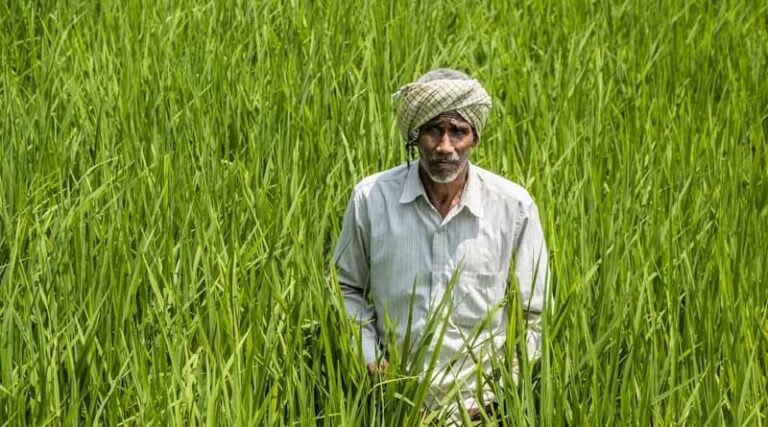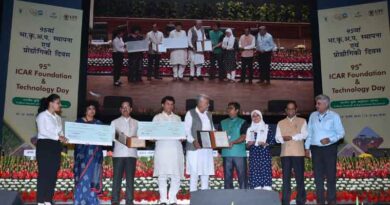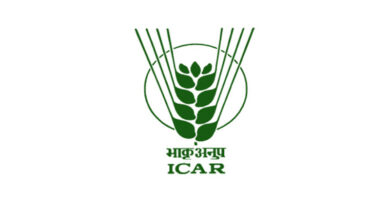
National Pulses Mission Gets Cabinet Nod with ₹11,440 Cr Allocation — But Questions Remain on Profitability
03 October 2025, New Delhi: The Union Cabinet chaired by Prime Minister Narendra Modi has approved the ambitious National Pulses Mission alongside an increase in the Minimum Support Prices (MSP) for rabi crops. Union Agriculture and Rural Development Minister Shivraj Singh Chouhan announced that the Pulses Mission seeks to make India self-sufficient in pulses, a crop central to both nutritional security and farmer livelihoods. The government has set a production target of 35 million tonnes by 2030–31, up from the projected 24.2 million tonnes in 2024–25.
The Mission will roll out across 416 districts, focusing on rice fallow areas, breeder and certified seeds, intercropping models, irrigation support, and assured procurement of key pulses like tur, urad, and lentils. The total budget earmarked for 2025–26 is ₹11,440 crore.
The Economic Puzzle: MSP, Productivity, and Costs
At first glance, the government’s strategy appears holistic—higher MSPs, coupled with an institutional push for pulses production. But the question is whether this translates into real profitability for farmers.
Economists point out that the cost of cultivation for pulses has been rising sharply, driven by agrochemicals, fertilizer and micronutrient use, irrigation costs, and machinery expenses. While MSP increments hover around 4–6% for major pulses like gram and lentils, input costs have often risen by 8–12% annually, squeezing margins.
Moreover, while India has developed new high-yielding and climate-resilient pulse varieties, yield gains have not kept pace with rising costs. Farmers investing in certified seed and irrigation systems often see profits shrink, even with government procurement assurance.
“The issue is not just MSP hikes,” an agricultural economist noted. “Profitability depends on productivity gains outpacing costs. Unless seed technology adoption, mechanization, and input efficiency improve, the Pulses Mission risks becoming another subsidy-heavy scheme without sustainable farmer incomes.”
Oilseeds vs Pulses: A Policy Tilt
The data also reveals a comparative tilt: oilseeds and coarse cereals continue to see stronger policy incentives, while pulses get modest support. For instance, safflower’s 10% hike outpaces gram’s 3.9%. This raises the question—can the government’s production target for pulses be met without equally aggressive MSP or incentive alignment?
MSP Hikes: A Supportive Yet Uneven Signal
Alongside the mission, the government announced fresh MSP hikes for rabi crops. The increase is most pronounced for safflower, at ₹600 per quintal (10.1%), while wheat, barley, gram, lentils, and rapeseed & mustard saw more modest hikes ranging between 3.9% and 8.6%.
Comparative MSP Table (2025–26 vs 2026–27)
| Crop | MSP 2025–26 (₹/quintal) | MSP 2026–27 (₹/quintal) | Increase (₹) | Growth (%) |
|---|---|---|---|---|
| Wheat | 2,425 | 2,585 | 160 | 6.60% |
| Barley | 1,980 | 2,150 | 170 | 8.59% |
| Gram (Chana) | 5,650 | 5,875 | 225 | 3.98% |
| Lentil (Masoor) | 6,700 | 7,000 | 300 | 4.48% |
| Rapeseed & Mustard | 5,950 | 6,200 | 250 | 4.20% |
| Safflower (Kusum) | 5,940 | 6,540 | 600 | 10.10%* |
Ambitious Mission, Unresolved Economics
The National Pulses Mission is a bold attempt to close India’s nutritional gap and reduce import dependence. With a budget of ₹11,440 crore, 100% assured procurement, and district-focused interventions, the plan has teeth.
Yet, the profitability equation remains unresolved. Farmers welcome MSP hikes, but the gains are eroded when input costs rise faster than output prices. For India to truly become pulses self-sufficient, policy must address not just procurement and price support but also productivity, input costs, and market efficiency.
Also Read: UPL Raises Mancozeb Prices in China Again Amid Supply and Cost Pressures
📢 If You’re in Agriculture, Make Sure the Right People Hear Your Story.
From product launches to strategic announcements, Global Agriculture offers unmatched visibility across international agri-business markets. Connect with us at pr@global-agriculture.com to explore editorial and advertising opportunities that reach the right audience, worldwide.






